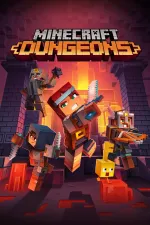Our extra-large special edition is here. Subscribe today and receive the 25% longer issue at no extra cost!

Mojang Takes Its Biggest Brand In A Bold New Direction With Minecraft Dungeons
Few games achieve the level of success that justifies a sequel – let alone establish a long-running franchise. But in the course of 10 years, Minecraft has ballooned into a video game juggernaut. Store shelves overflow with Minecraft-themed books, comics, action figures, plush toys, and Lego kits. Minecraft fans attend Minecraft festivals and museum exhibits while wearing Minecraft hoodies. Warner Bros. is even set to turn the brand into a major motion picture by 2022. Developer Mojang seems happy to develop nearly every Minecraft project that comes across it desks ... except for a Minecraft 2.
“I cannot imagine there will ever be a Minecraft 2,” says Minecraft’s creative director Saxs Persson. “We've done a lot of soul searching. Unequivocally, we're the Minecraft studio, and we've chosen to embrace that. But we have, over time, realized how flexible the envelope of Minecraft really is ... We've always been passionate about making more than a single game, but we never wanted to do a sequel. We're much more interested in taking that spark of creativity and applying it to other genres within the universe of Minecraft.”
In short, Mojang doesn’t need to make a true Minecraft sequel because its core game is still flourishing. However, in an effort to reach new audiences, the studio knows it needs to stay creative and broaden Minecraft’s umbrella. The studio plans to turn Minecraft into a many-headed hydra with a little something for everyone. And this exciting journey begins inside a lowly dungeon.
Finding Mojang’s Mojo
Mojang was never prepared for the success of Minecraft. When Markus “Notch” Persson founded the company in 2009, the young developer anticipated that the studio would pursue a traditional development model, turning out a new game every few years. This is why, in the early 2010s, the company developed the digital collectible-card game called Scrolls (later renamed Caller’s Bane). However, Scrolls never achieved the same level of success that Minecraft found, which forced Mojang to reevaluate its priorities.
“Back when Scrolls was created, most of the people on the team thought that Minecraft had peaked,” says CEO Jonas Mårtensson. “The idea of the studio back then was to create more games that would have a normal cycle, where you have a peak at launch and it gradually decreases. But obviously, with the success of Minecraft we decided that we owe it to the players to double down on making Minecraft as great as it could be. That’s why, after Scrolls, we decided that we were going to focus on Minecraft.”
The release of Telltale’s Minecraft: Story Mode in 2015 provided a good template for the future. Not only was Telltale’s adventure series financially successful, but it also proved that Minecraft fans were hungry for experiences that didn’t exist within the original game. Around the same time, a small group of Mojang employees began to dream about their ideal project. These designers were big fans of classic dungeon-crawler RPGs, and they felt like there was a dearth of similar, family-friendly experiences on the market. Perhaps they could take the hack ‘n slash action they loved from games like Diablo and Path of Exile and infuse it with Minecraft’s blocky visuals and playful atmosphere. The team began prototyping a game for Nintendo’s 3DS. But what started as a small-scope, single-player experiment quickly turned into something much larger.
“This is a genre that we as a team are passionate about,” says executive producer David Nisshagen. “We all like to play these types of games, and it seemed like a good fit for Minecraft because we already have all this venturing into caves, fighting mobs, and finding treasure. It all boils down to passion. There was never any plan like, ‘Let us do a proper market analysis and find a segment that is unsatisfied.’ That’s not where this is coming from. It’s literally coming from, ‘This is fun. This is Minecraft, but different.’”
Entering The Dungeons
Minecraft Dungeons’ Arch-Illager is a force to be reckoned with. This scheming outcast was exiled from normal society because he never fit the norm. Given his lopsided head and giant nose, he looks a bit silly, but Mojang assured us that he is an imposing force. After being kicked out of his hometown, the Arch-Illager went on a journey that led him to a mystical artifact called the Orb of Dominance. “We think it’s very funny that it’s a cube,” says game director Måns Olson. While this cube looks simple, the Orb of Dominance is actually an artifact of great power, allowing the Arch-Illager to summon forth armies of stone giants to wreak havoc on society. It’s up to Minecraft Dungeons’ players to battle the Arch-Illager’s minions and gain enough power to stop him.
Olson gives me the full rundown on the Arch-Illager as I enter one of Dungeons’ newest areas, the Redstone Mines. Like all of Dungeons’ levels, these mines are procedurally generated, but they feel different from Dungeons’ other areas thanks to their mossy walls and the abandoned minecart tracks that trail off in every direction. Mojang describes Minecraft’s unique visual style as “ugly cute,” and Dungeons fits that description. However, Mojang has also taken some small artistic license to help its new game stand out from the original Minecraft. Volumetric effects like fog fill the screen and the flash of metal next to a fire lends an eerily realistic vibe to an otherwise unreal world.
“Even the enemies, when they’re standing still and idling, they’re doing stuff like looking around and grunting,” says art director Daniel Bjorkefors. “You can see their breath during the idle animations. We’re painting a more lively, vibrant world. I know some game-studio artists have to go to therapy after creating like a bloodbath game, but this is so cute. I have four kids at home, and we all love it. I think it’s a beautiful game. It’s really cute and fun and friendly.”
Moments later, an army of “cute” spiders rush toward me, ready to suck my veins dry. I make quick work of them, but a few spiders pin me to the ground with a web attack. Dungeons’ enemies have several attacks that push or pull players in various directions. An enemy called the geomancer summons brick walls around you, trying to block your movements. Some brick walls explode, sending a shower of sharp rocks in all directions. Meanwhile, necromancers flood the battlefield by summoning undead monsters, such as skeletons and zombies. The Nameless One is an elite necromancer that boosts the attacks of nearby enemies. Thankfully, these buffs are represented through a purple energy chain, linking the two creatures, which makes the necromancer easy to spot on the battlefield. He soon becomes my primary target. Unfortunately, The Nameless One also sends a series of projectiles my way, which makes him a challenge to approach.
To help me combat all these foes, Olson picks up a second controller and shows off Dungeons’ drop-in, drop-out co-op. Up to four players can explore Dungeons’ environments, either from the same couch or across the internet, and players can teleport directly to their companions at any time. In single-player, heroes get three lives to expend before they start over from the beginning of a level. In multiplayer, you can resurrect your fallen companions, but the game’s difficulty escalates to compensate for the extra firepower. Minecraft Dungeons isn’t incredibly hard on the base setting, but there are nine different difficulty settings for each level and harder difficulties offer better loot, which may tempt you to push the limits ofyour abilities.
Like most dungeon-crawlers, loot is the real star in Minecraft Dungeons. Players can equip one ranged weapon and one hand-to-hand weapon at any given time. Naturally, both types of weapons augment the strength of your attacks, and these weapons range from daggers to giant hammers to crossbows. For the sake of simplicity, defensive equipment has been condensed into a single gear set that modifies your health and armor. The aesthetics also change depending on the gear you equip. The final loot category is called artifacts, and these mystical mods are where Dungeons’ action gets really interesting.
Mojang says that there are over 70 different types of artifacts in the game. Some artifacts modify your weapons, adding explosive effects to your ranged attacks, for example. Other artifacts are specialized tools. Early on, I pick up a fishing rod artifact that lets me grab distant enemies and pull them toward me. Pulled enemies are also stunned for a few seconds, which allows me to pick off troublesome foes from the back of the pack and make short work of them.
As you level up, you earn enchantment points, which can be poured into your artifacts, making them stronger and further augmenting your skills. For example, one enchantment added a fire effect to my arrows, which basically turned them into a fireball spell. Meanwhile, a multi-strike enchantment let me unleash a flurry of quick attacks with my sword.
“Early on in development, we had a lot of enchantments for ranged weapons – things that would split projectiles into multiples, or ricochet in all directions, or add piercing damage,” Olson says. “Ranged attacks were super powerful, so we had a period during development where we had to double down on melee attacks to make sure that those had similar power levels. We’ve added things that create area-of-effect attacks, generate shockwaves, or produce chain lightning effects.”
There are no defined classes in Minecraft Dungeons, but the artifact/enchantment system is so fluid that players should find a playstyle that suits them. At one point, I equip artifacts that let me summon a pet llama and convert enemies to fight for me, effectively turning me into a pet class. In another area, I create a trickster who fires arrows with a firework effect that dazzles large groups. Whenever I roll away from an attack, I produce a streak of lightning that shocks my attackers.
“We have these pillars that Minecraft games are supposed to have,” Nisshagen says. “One is obviously creativity. One is building. One is adventure. And one is a sense of exploration. Exploration and adventure, we got those covered. What about creativity and building? That’s where we lean into the combat systems. You have this armor that you can enchant and these other artifacts that synergize with your weapon. There are a lot of incredibly cool combinations in the game. So rather than the creativity of construction, you have the creativity of building your character.”
The Future Of Minecraft
The Future Of Minecraft
Minecraft Dungeons has been a labor of love for Mojang. Several times while walking through the studio, the team described Dungeons as a passion project. Surprisingly, the Dungeons’ team has remained relatively small for a franchise the size of Minecraft; the team currently sits around two dozen. But this tiny group’s work may have big ripples on the larger Minecraft franchise.
“The dream is always, when we create stuff in Dungeons, we ask, ‘Does it fit vanilla Minecraft?’ Can we take a creature from our game into vanilla?” Olson says. “There are several examples of things that were first in Dungeons. The whole Illager faction was created with the goal of having an enemy faction that we could use in Dungeons, and now we have a bunch of Illagers in the base game. Crossbows were in Dungeons first, and some of the crossbow enchantments are the same in vanilla Minecraft as they have been in Dungeons for a long time.”
In many ways, Dungeons has forced Mojang to wrestle with the existential question, “What is Minecraft?” If you ask a random player to describe the original Minecraft, they are likely to talk about gathering ingredients and crafting – neither are present in Dungeons. Minecraft Dungeons may look a lot like Minecraft, but two of the franchise’s most notable elements are completely absent from this dungeon-crawler.
And yet, at its heart, Minecraft Dungeons is filled with the same lighthearted joy that Minecraft fans have come to expect from Mojang. Minecraft Dungeons’ action is fast and approachable. Dungeons doesn’t bother with skill trees or detailed character stats, but that makes it friendly for a wider audience. At the same time, the loot grind should appeal to hardcore dungeon-crawler fans. Mojang’s system of enchantments and artifacts is incredibly flexible, allowing players to approach combat encounters in their own creative way. I never felt locked into a certain playstyle, which is refreshing. In fact, I was encouraged to find my own fun as I creatively shaped my hero into a legendary warrior. If Minecraft Dungeons is a window into the future of Minecraft, then the future looks bright.
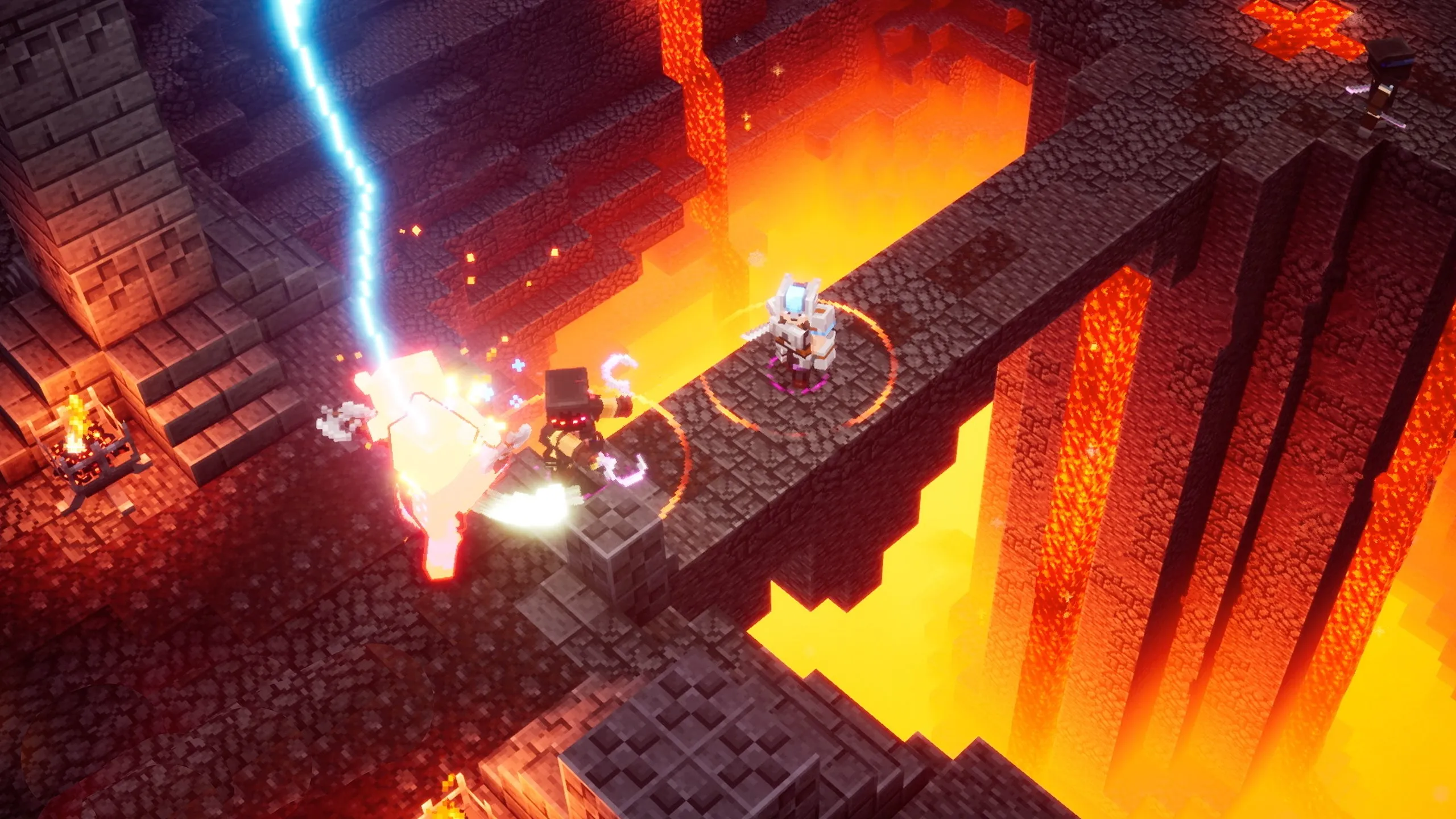
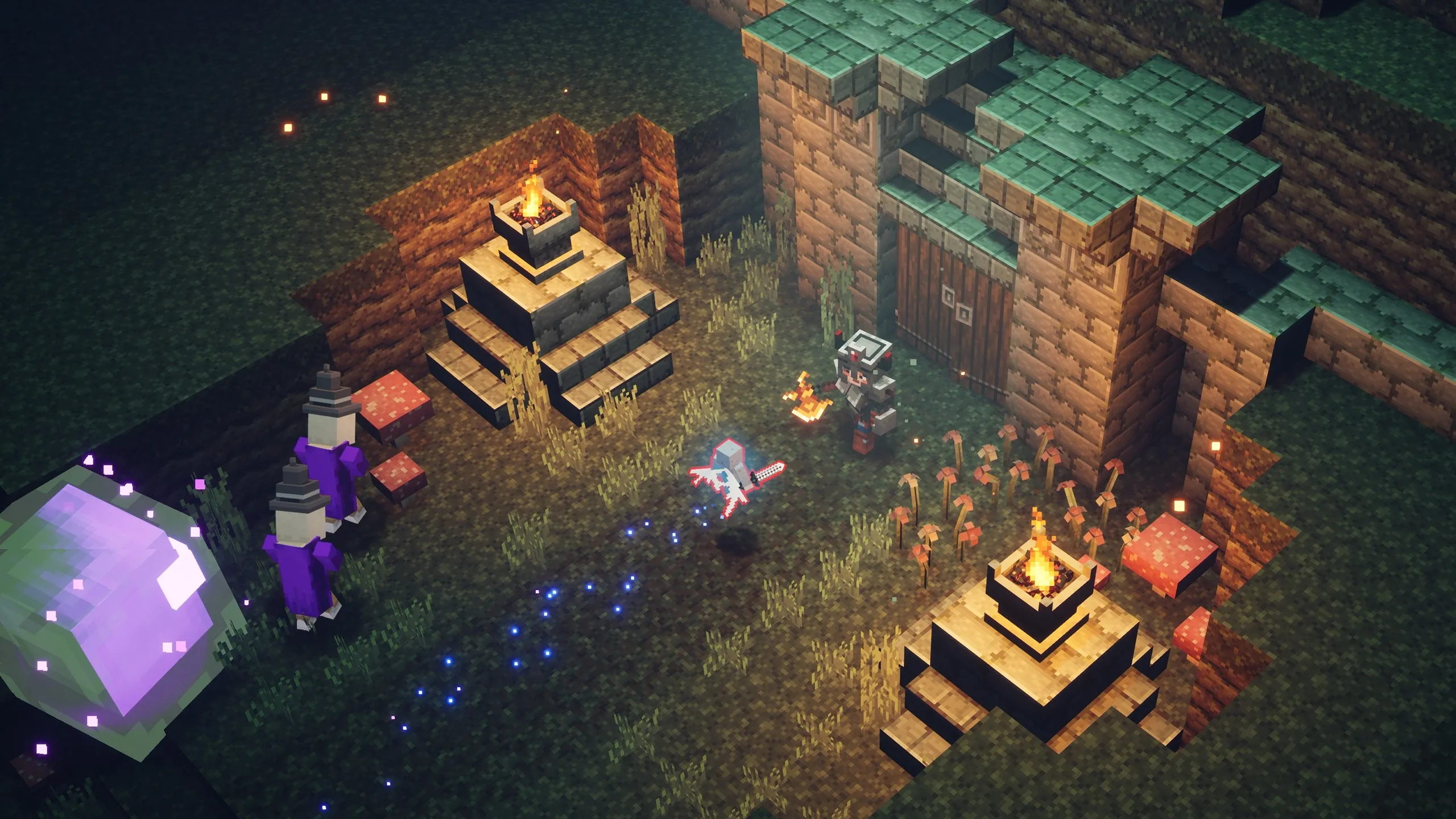
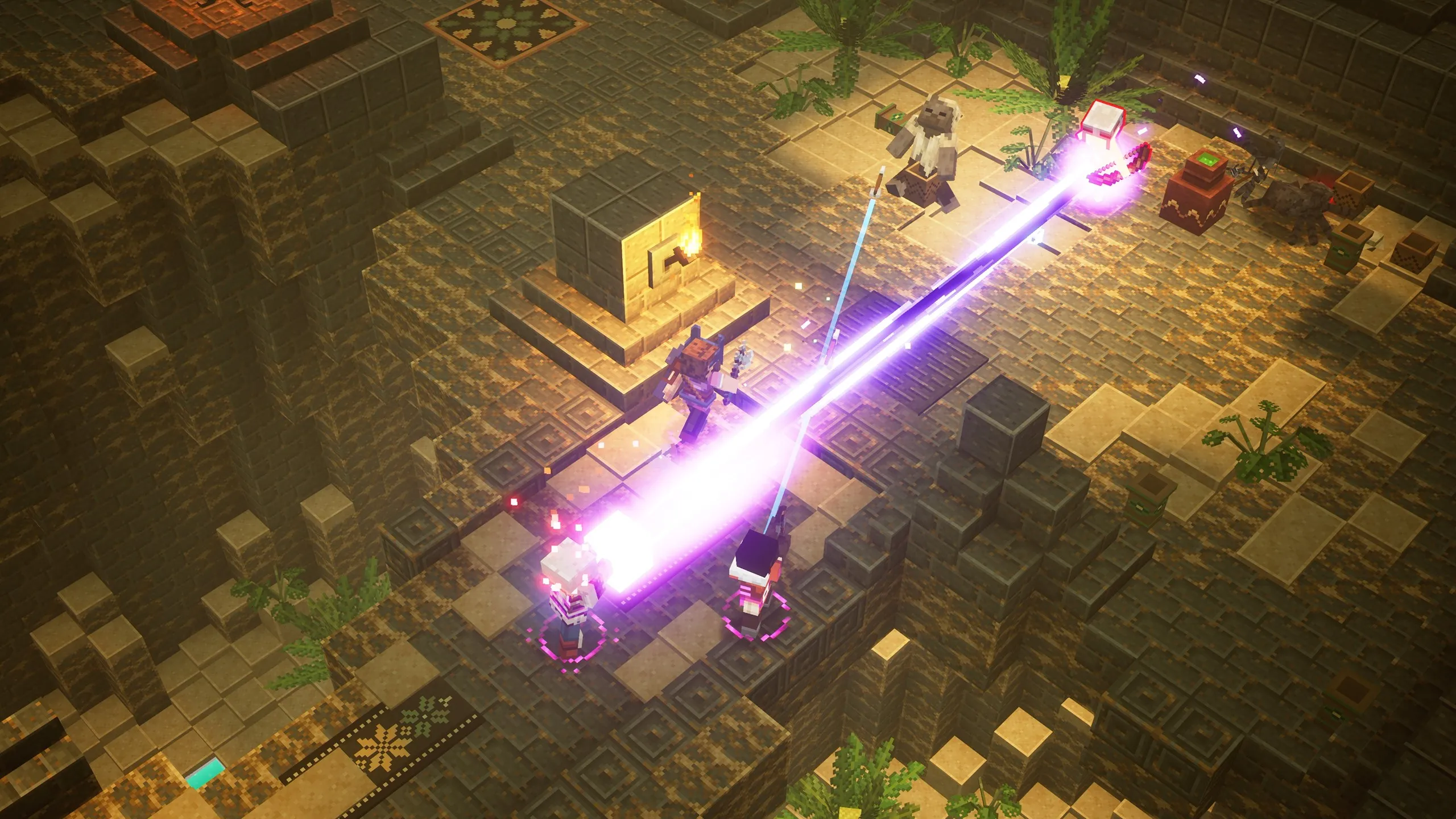
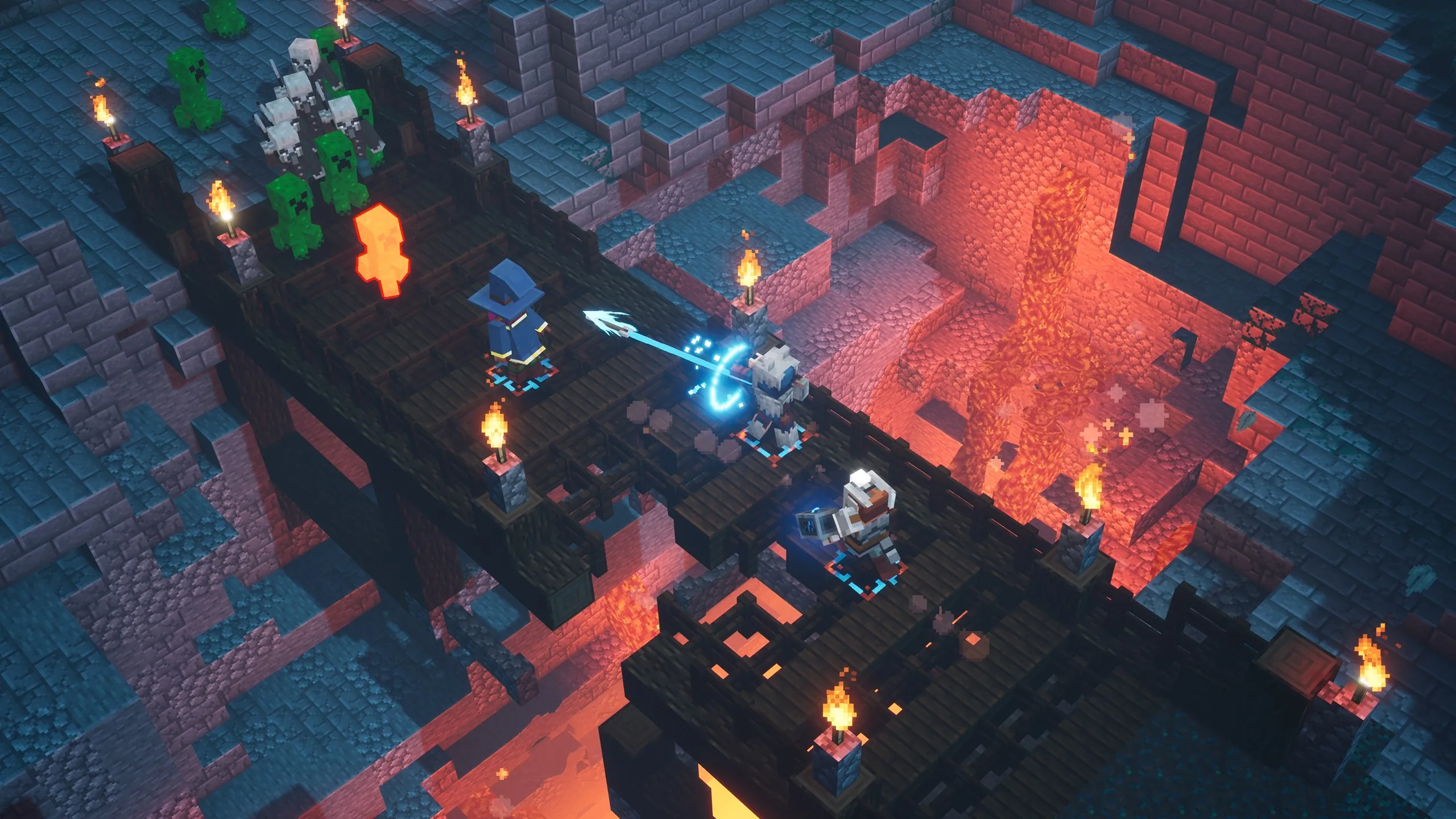
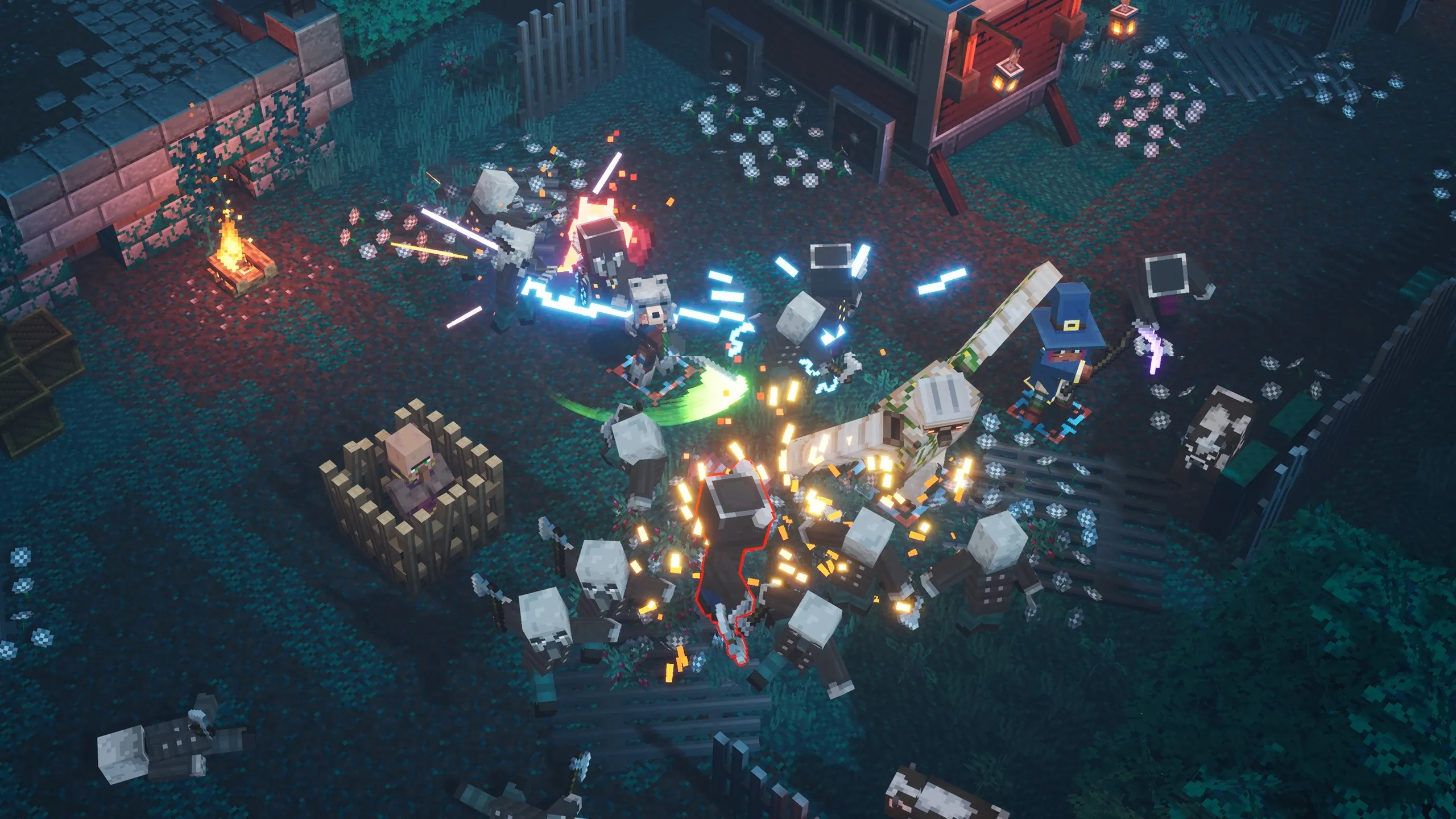
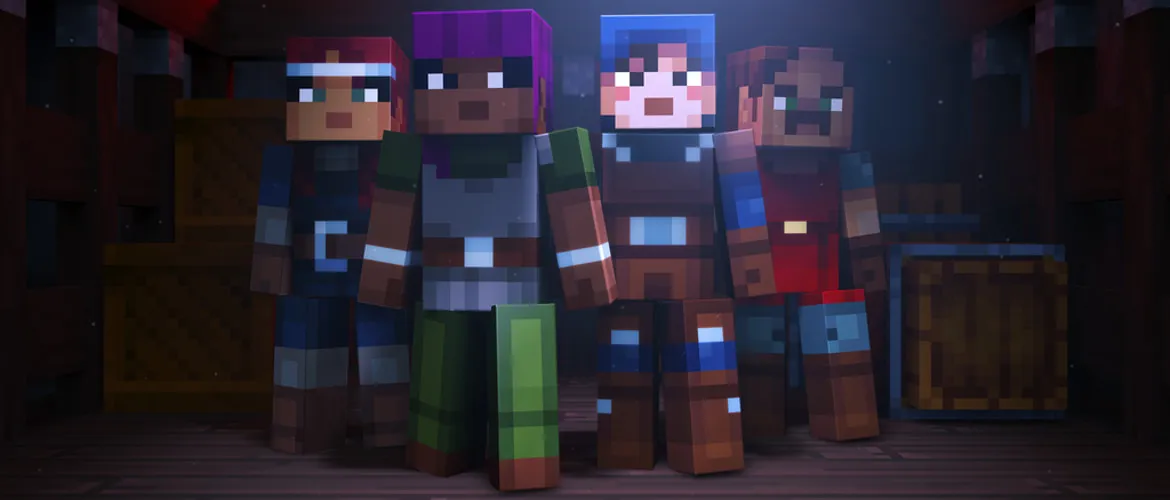

Get the Game Informer Print Edition!
Explore your favorite games in premium print format, delivered to your door.
- 10 issues per year
- Only $4.80 per issue
- Full digital magazine archive access
- Since 1991
